Perth council chiefs have promised to deliver the Cross Tay Link Road for £150m amid concerns over further spiralling costs.
Earlier this year, Perth and Kinross Council granted the roads building project an additional £32.5m from the authority’s capital budget.
Now a fresh council report has highlighted that inflation and increased costs continue to have an impact on the construction of the road and bridge over the River Tay.
But a PKC spokesperson gave an assurance that the £150m would be enough to complete the project.
CTLR ‘already bad value’
Labour member for Carse of Gowrie Alasdair Bailey urged a rethink of Cross Tay Link Road (CTLR) spending when councillors approved the extra £32.5m.
He said the scheme is “already bad value for money and bad news for the environment”.
Alasdair added: “If it needs to come back for more money after the additional £32.5m…then I hope that more of my fellow councillors will wake up and smell the coffee on this project.
“If this project wasn’t already in progress and were to be proposed today, it would be laughed out of the council chamber.”
The ‘key risks’ facing the CTLR
The CTLR is Perth and Kinross Council’s largest ever infrastructure project.
It will include a new road bridge over the Tay, linking the A9, the A93 and the A94. If it goes to plan, it will open in 2025.
Council committee papers outlined the ‘key risks’ facing the CTLR.
The report described inflation and procurement as “ongoing risks” which council bosses were closely monitoring.
Meanwhile, heavy rainfall has caused problems for the main contractor, BAM.
A PKC spokesperson said inflation was impacting capital projects across the country.
But he said the council had already found £32.5m from “uncommitted capacity” within the capital budget. Councillors previously agreed increased borrowing to finance capital projects.
And he added the £150m total “guarantees the Cross Tay Link Road will be completed”.
“Once the Cross Tay Link Road opens, it will deliver a significant economic boost to Perth and Kinross by improving the local transport network, reducing journey times and supporting business growth and investment.
“It will also reduce traffic in Perth city centre. Thus reducing congestion and pollution, whilst creating more opportunities for sustainable travel.”
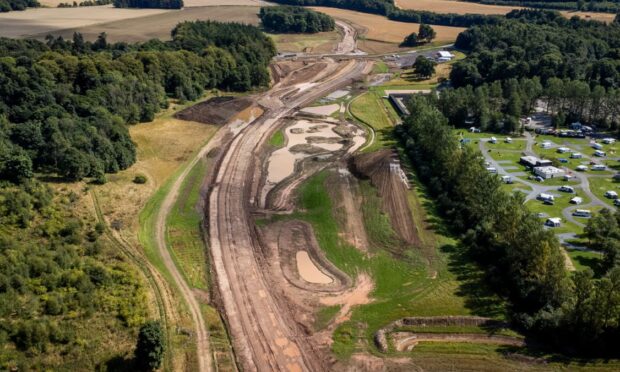

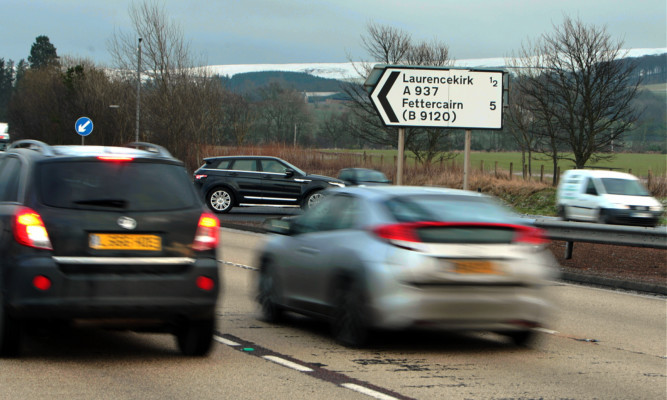
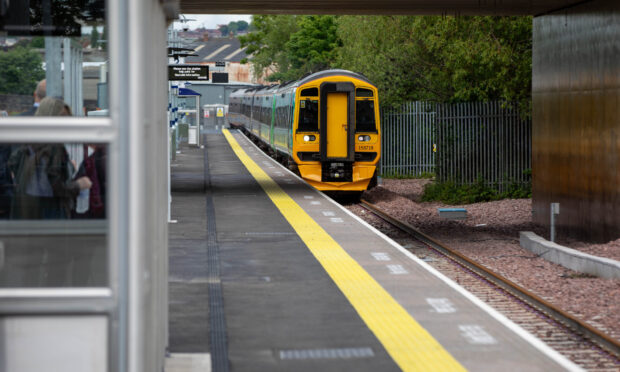
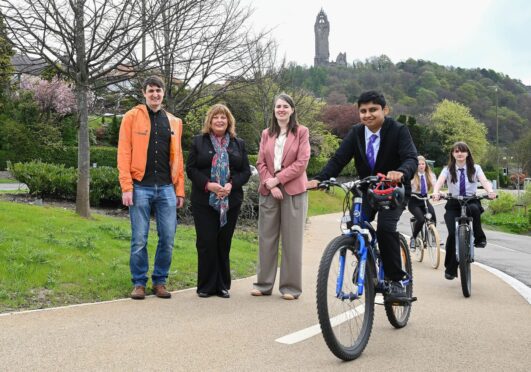
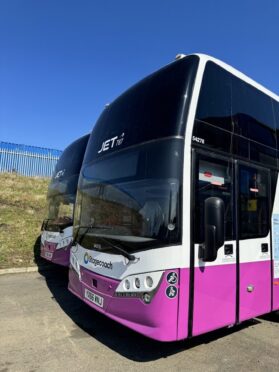
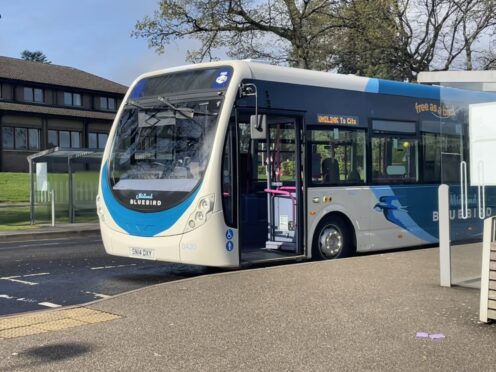

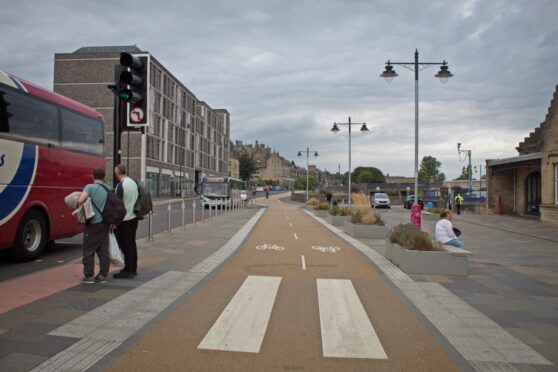


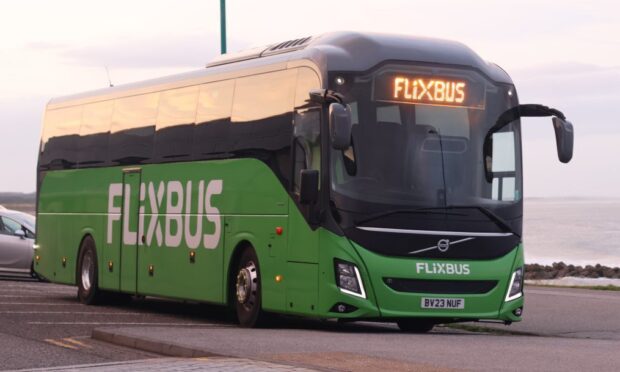
Conversation